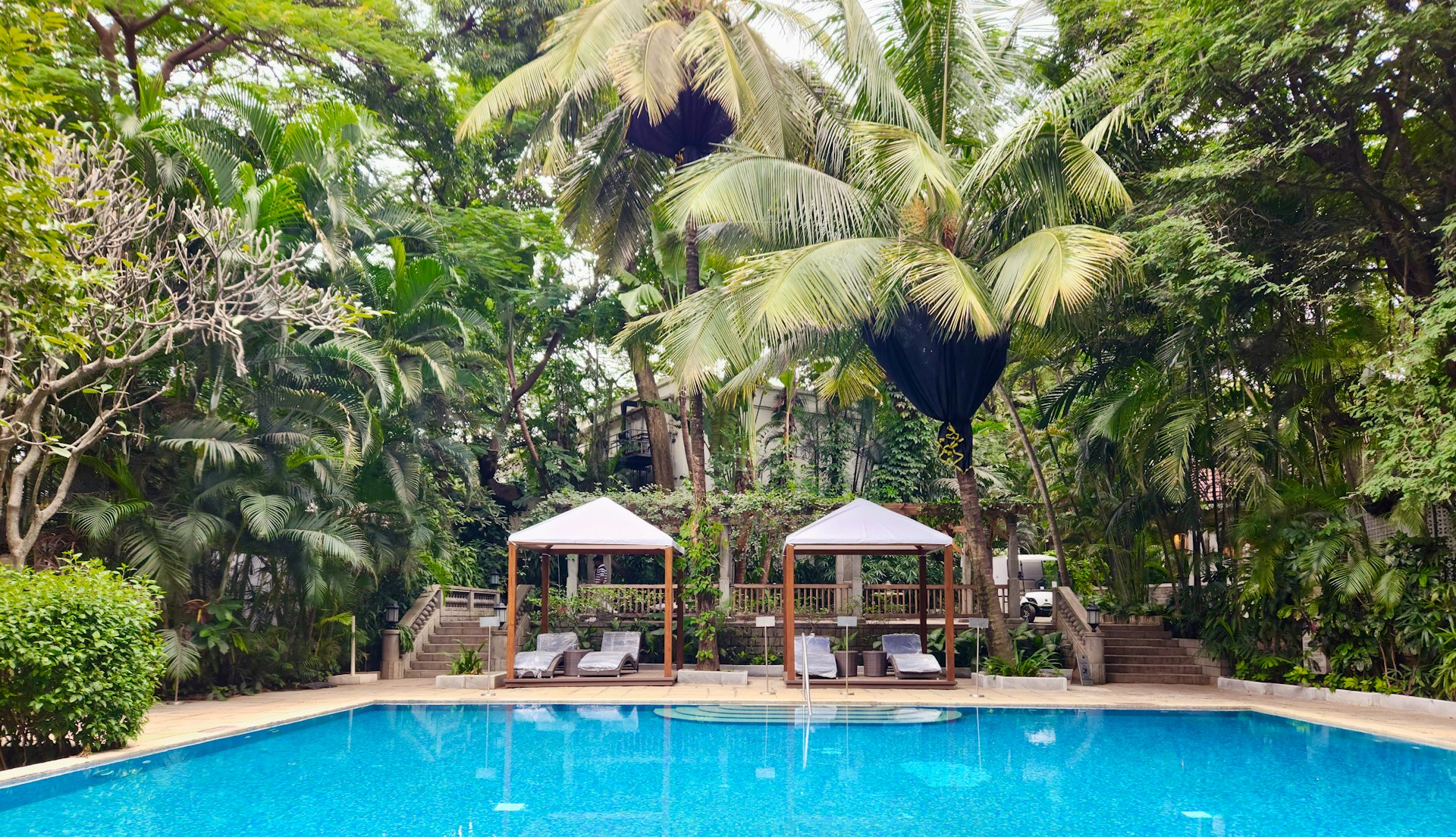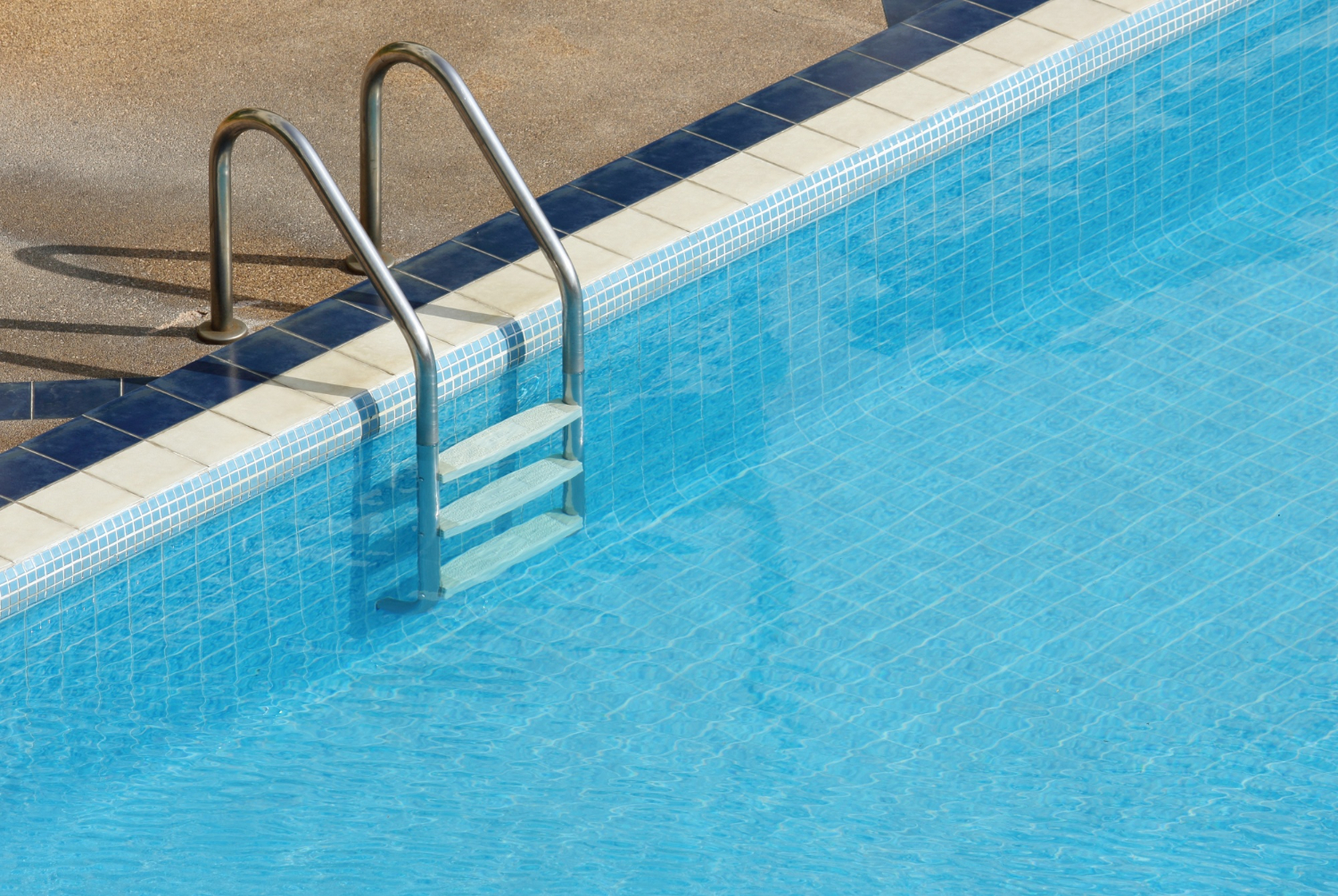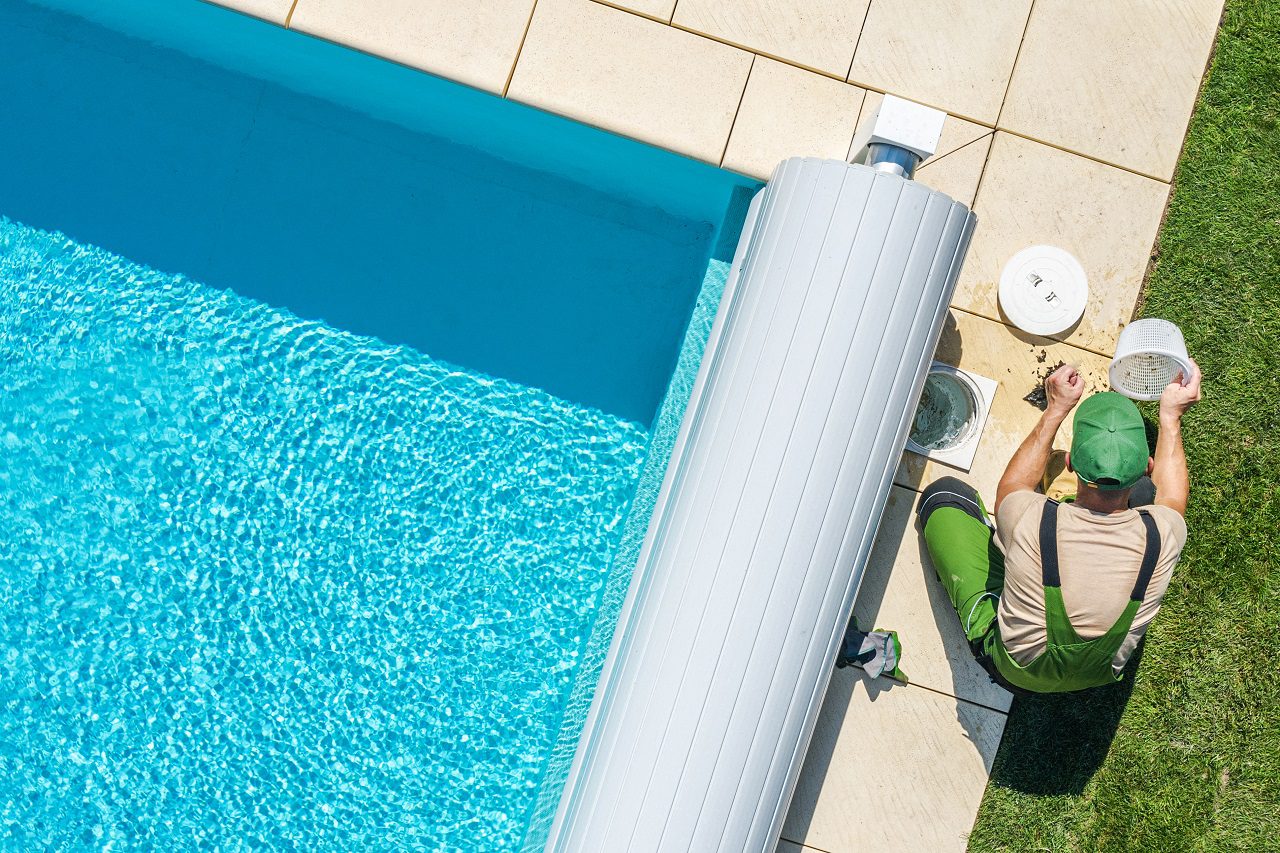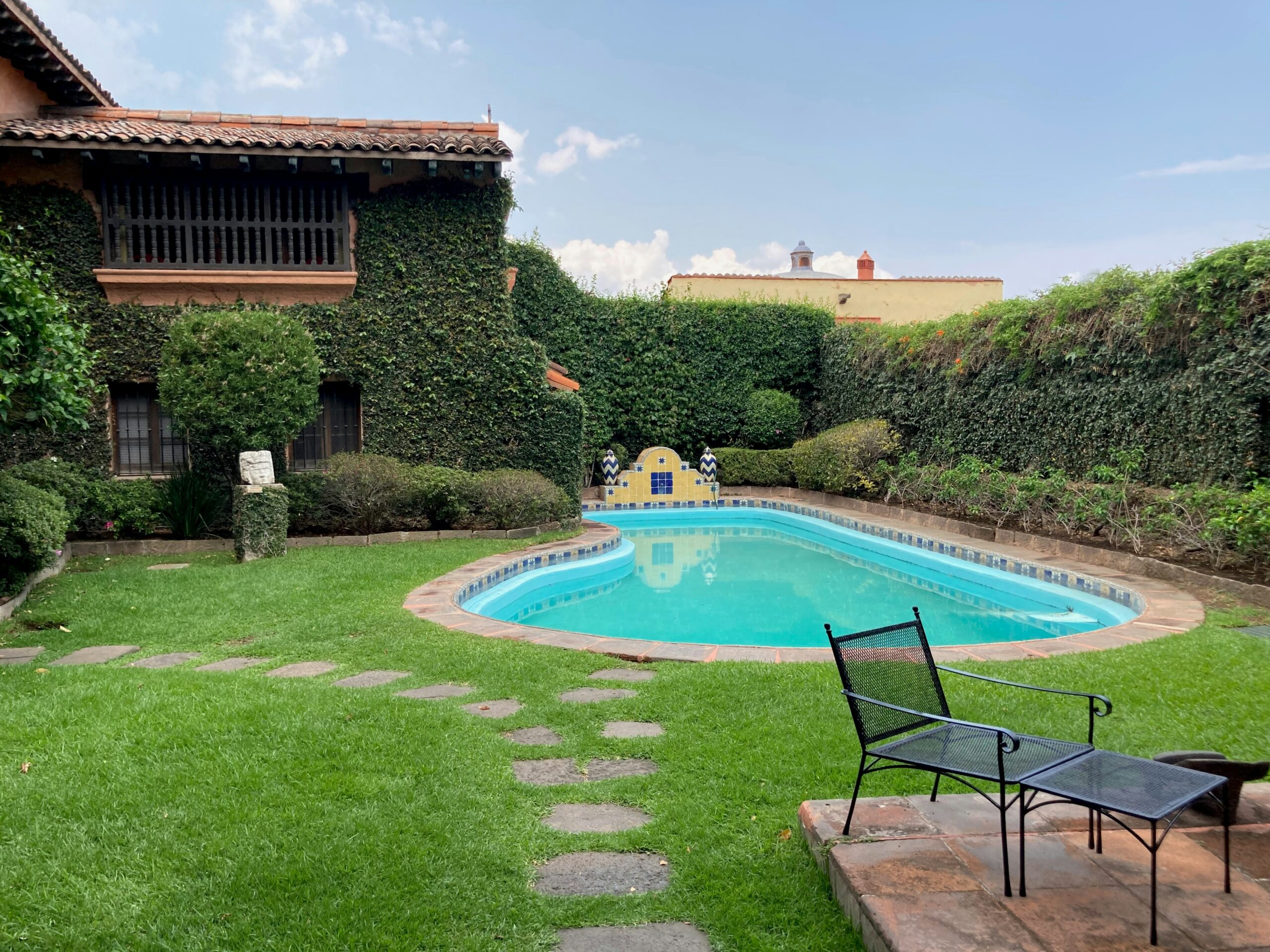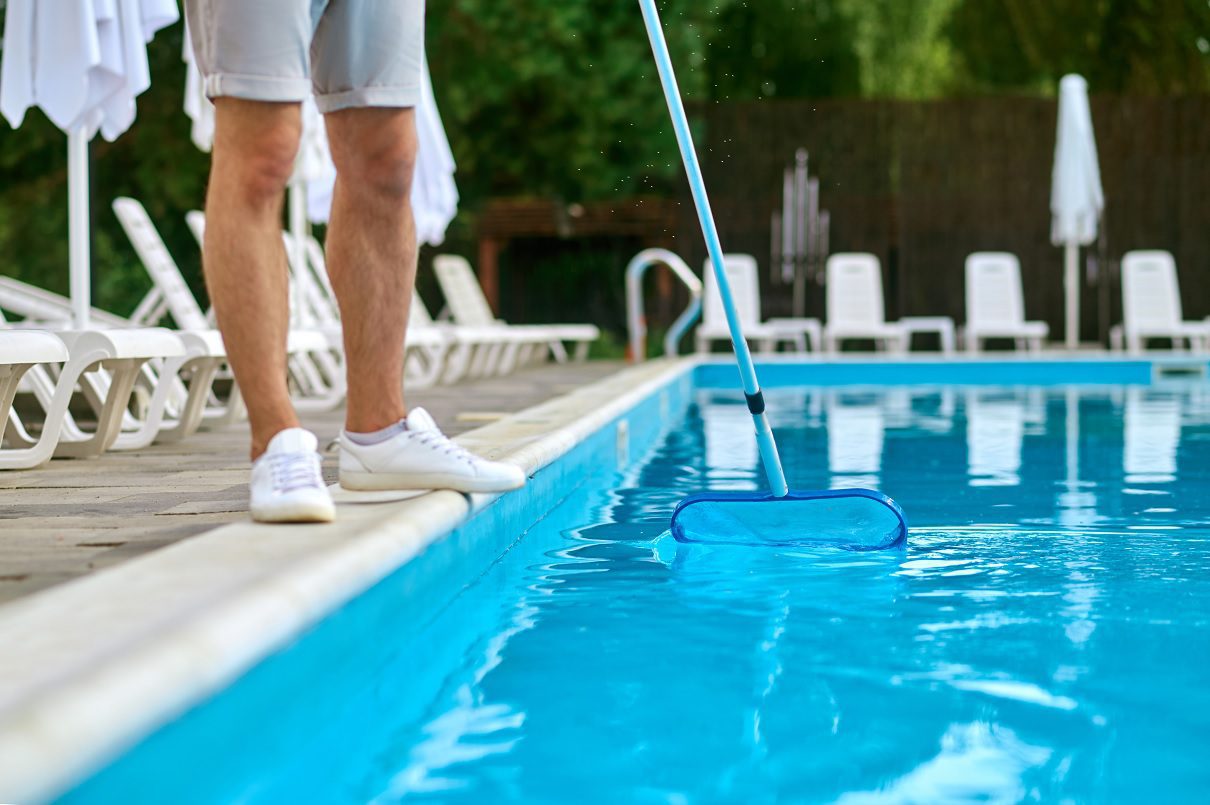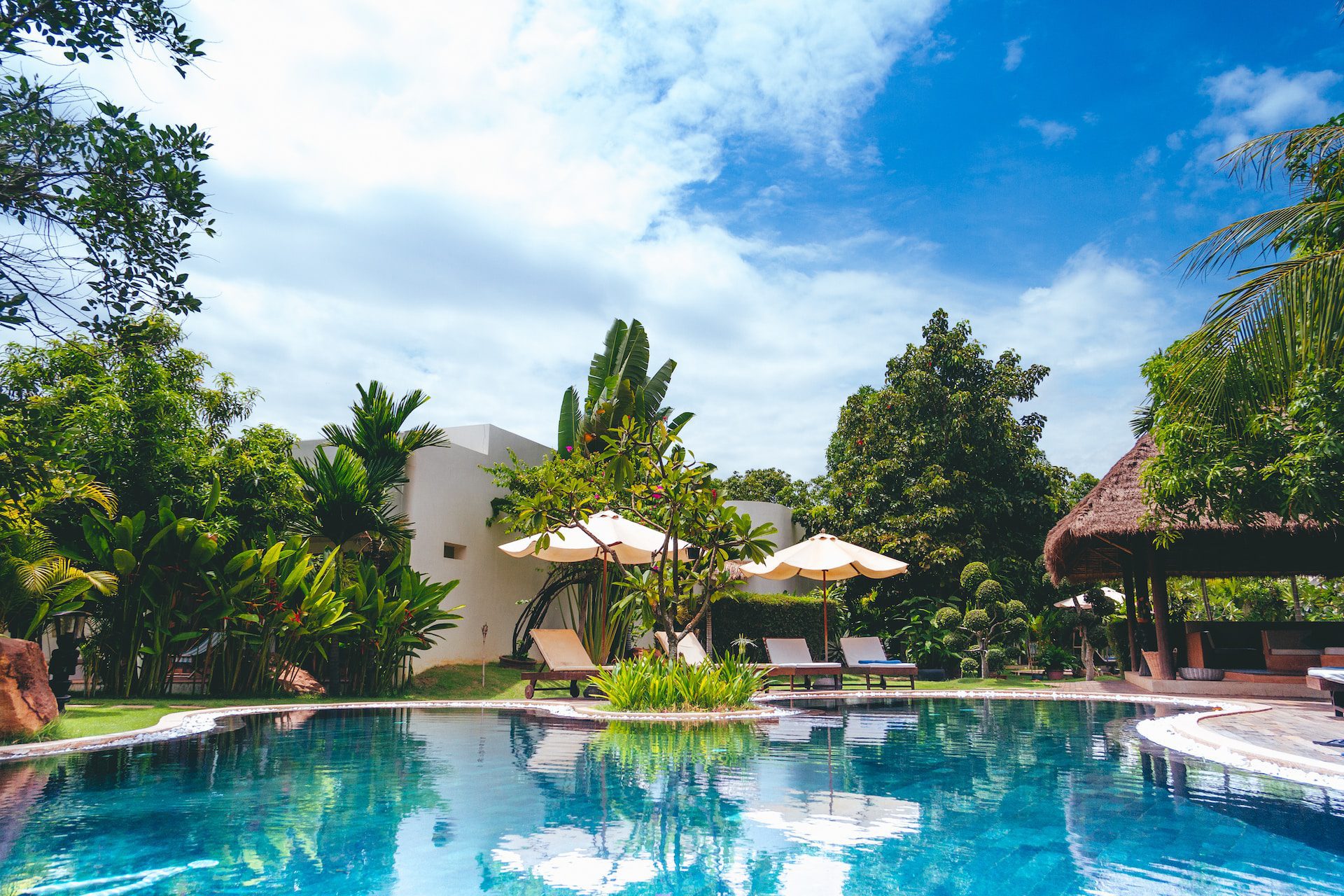Adding a spa to your backyard is a fantastic way to enhance your outdoor space and create a personal retreat. Whether you’re looking to relieve stress, enjoy hydrotherapy, or entertain guests, a spa offers numerous benefits that can make a big difference in your daily life. Imagine soaking in warm, bubbling water at the end of a long day — pure bliss!
Beyond relaxation, a spa can provide therapeutic advantages too. Warm water and jets can help soothe aching muscles and improve circulation. This makes a spa a great addition if you have a physically demanding job or participate in sports. A spa offers a sanctuary where you can relax and recover comfortably in your own backyard.
Installing a spa also adds value to your home and lifestyle. It becomes a focal point for social gatherings, making your backyard the spot for summer barbecues and evening get-togethers. Plus, with different sizes and features available, you can choose the perfect spa that fits your needs and budget.
Understanding Your Outdoor Space Needs
Before you start picking out patio furniture, you need to understand what you want from your outdoor space. Think about how you plan to use the area. Are you looking to create a space for dining, relaxing, or entertaining? Knowing the main purpose will guide your furniture choices.
Measure your outdoor area to find out how much space you have. This will help you choose furniture that fits well without making the area feel cramped. Make note of any features like trees, flower beds, or existing structures that might affect furniture placement. Also, consider the climate. If your area gets a lot of sun, you might need umbrellas or shade structures to make it comfortable.
Consider how many people will use the space regularly. If you often host family and friends, you will need more seating. On the other hand, if it’s just you and a partner, a small set may be enough. By understanding your space needs, you can choose the right furniture to make your outdoor area functional and inviting.
Types of Patio Furniture and Their Benefits
Now that you have a clear idea of your outdoor needs, let’s look at the different types of patio furniture and their benefits.
1. Dining Sets: Perfect for those who love to eat outside. A dining table with chairs can turn your patio into an alfresco dining area. Choose a set with an umbrella for shade during daytime meals.
2. Sectionals and Sofas: Ideal for creating a cozy lounging area. Outdoor sectionals and sofas offer comfortable seating for multiple people. They are great for relaxing, reading, or chatting with friends.
3. Bistro Sets: These small tables and chairs are perfect for compact spaces. They provide just enough room for a morning coffee or an intimate lunch without taking up too much space.
4. Chaises and Loungers: Great for sunbathing or napping outdoors. These pieces offer ultimate relaxation with adjustable backrests and cushioned seating.
5. Outdoor Bars: If you love hosting parties, an outdoor bar set is a fantastic option. It includes bar stools and a counter, making it easy to serve drinks and snacks.
Each type of furniture serves a different purpose and offers unique benefits. Whether you want to dine, lounge, or entertain, there’s patio furniture that fits your needs. By mixing and matching different types, you can create a versatile and enjoyable outdoor space.
Installation Considerations and Process
Installing a spa in your backyard involves several important steps and considerations. First, you need to choose the right location. It should be a flat, solid surface that can support the weight of the filled spa and its users. Common choices include concrete pads, reinforced decks, or spa-specific foundations. Make sure the area is accessible for installation and future maintenance.
Next, think about the electrical requirements. Most spas need a dedicated electrical circuit to operate. You’ll need a licensed electrician to install the wiring and ensure everything meets local building codes. This step is crucial for safety and to ensure your spa runs smoothly.
Water supply and drainage are also key factors. You’ll need a nearby water source to fill your spa and a proper drainage system to empty it when needed. Some spas have built-in drainage systems, while others may require an additional pump.
Finally, consider adding privacy elements like fencing or landscaping. This enhances your spa experience and makes it a more secluded, relaxing spot. Don’t forget to plan for any additional features like steps, covers, or a gazebo to enhance your spa area.
Maintenance Tips for Your New Spa
Maintaining your spa is essential to keep it running smoothly and to enjoy its benefits for a long time. Here are some easy tips to follow:
1. Regular Cleaning: Clean the spa’s filters every few weeks. A dirty filter can reduce water flow and pressure, making the spa less efficient. Rinse them with a hose or use a filter cleaner.
2. Balance the Water: Test the water’s pH and alkalinity levels at least once a week. Use spa chemicals to maintain balanced water. This helps prevent scaling, corrosion, and skin irritation.
3. Drain and Refill: Every three to four months, drain and refill your spa. This removes any build-up of chemicals and contaminants. When draining, clean the interior surfaces to prevent algae and bacteria growth.
4. Cover Maintenance: A good spa cover keeps debris out and helps retain heat. Clean your cover regularly and check for any signs of wear. Replace it if it becomes damaged.
5. Monitor Components: Check the spa’s jets, heater, and pump for any issues. Listen for strange noises and look for leaks. Address any problems immediately to avoid costly repairs.
By following these maintenance tips, you can ensure that your spa stays in top condition. Regular upkeep not only makes it last longer but also provides a safe and enjoyable experience for you and your family.
Conclusion
Adding a spa to your backyard offers many benefits, from relaxation and stress relief to social gatherings and improved property value. Knowing how to choose the right spa, considering the installation process, and following regular maintenance tips will help you enjoy your investment to the fullest.
We’ve covered everything from understanding your space needs and selecting the right spa type to the nitty-gritty of installation and upkeep. With this knowledge, you can make informed decisions that suit your lifestyle and space.
Looking to transform your backyard into a relaxing oasis? Visit Cincinnati Pool & Patio, your go-to Cincinnati pool dealers, to explore our range of quality spas and accessories. Our experts are here to help you find the perfect fit, turning your spa dreams into reality. Stop by today and start enjoying the benefits of a spa right in your backyard!


